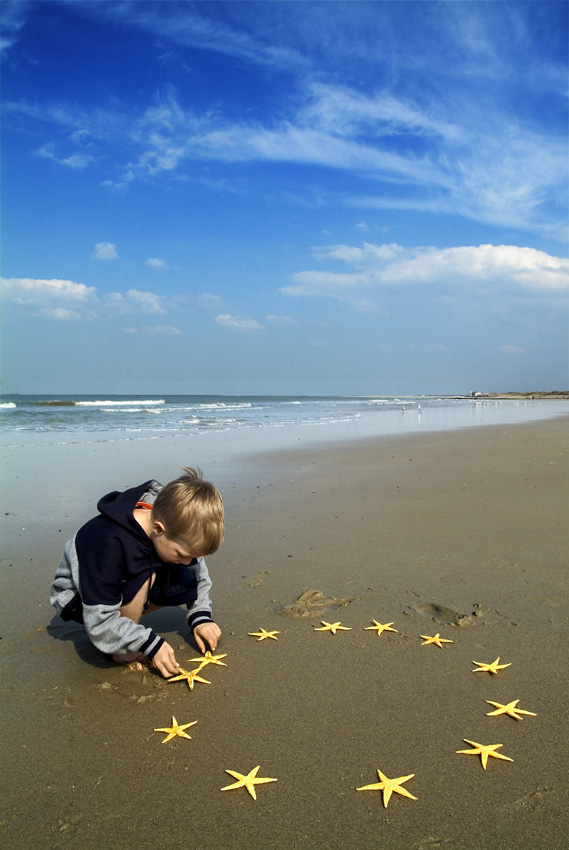Magnetic Europe: Big plans for tourism industry
Share on social media
Commission's new strategy for stimulating tourism in Europe – to realise the full potential of an industry that already plays an important role in the economy.
 The Commission's new strategy for stimulating tourism in Europe has been published in a new Communication, aiming to realise the full potential of an industry that already plays an important role in the economy.
The Commission's new strategy for stimulating tourism in Europe has been published in a new Communication, aiming to realise the full potential of an industry that already plays an important role in the economy.
The commission’s tourism development plan features 21 proposals, many aimed at attracting more visitors to Europe from fast-developing countries like China, Russia and Brazil. But it also spells out ways to increase travel within the EU, including greater coordination of school holidays to lengthen the holiday season.
“The European Commission wants to be a trailblazer working to breathe new life into this vital sector,” Antonio Tajani, commissioner for industry and entrepreneurship, told a news conference.
Tourism generates more than 5% of the EU’s GDP. The industry employs about 9.7 million people – 5.2% of the workforce. Europe attracts more visitors than any other region, with five EU countries among the top 10 destinations last year.
But Europe faces growing competition, especially from Asia and South America. The sector is also under pressure from population ageing and climate change – and continues to be plagued by seasonal ups and downs.
The commission is proposing a label scheme to give recognition to high-quality services. It also plans to establish a charter with criteria for sustainable tourism and award a prize to destinations that meet them.
To promote travel and tourism, it will encourage better use of technology – including centralised booking services accessible via mobile phone – and more theme-based tourism (spas, gastronomic excursions, sports vacations, et cetera).
The EU also has to put more effort into making tourist sites accessible to people with reduced mobility, along with adjusting services to an older clientele.
Last year, with the economy in a slump, the number of tourists visiting Europe dropped about 6% compared with 2008. Other regions also posted declines, Africa being a notable exception.
Download the Communication in English from the right-hand panel.
